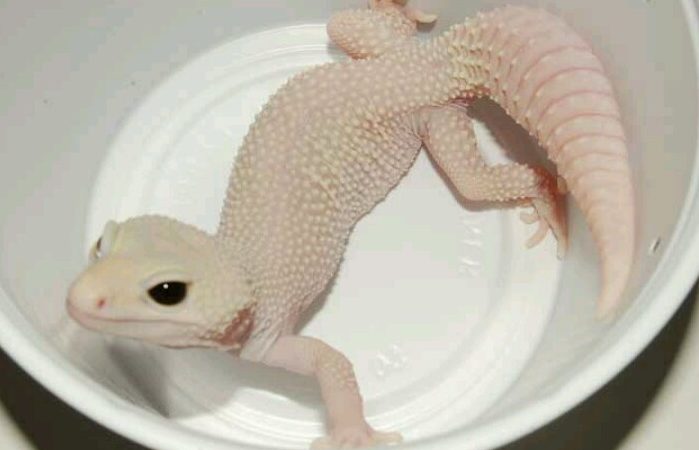Explore the fascinating world of albino leopard geckos, from their stunning looks to essential care tips. Whether you’re interested in Bell, Tremper, or Rainwater morphs, need guidance on proper housing and diet, or are ready to buy your first albino leopard gecko, this all-inclusive guide is here for you. We’ll delve into the special traits of these pale-skinned creatures, dispel common myths, and share vital information on breeding, health, and long-term care. Prepare to immerse yourself in the intriguing universe of albino leopard geckos and get answers to all your pressing questions!
II. Understanding Albino Leopard Geckos
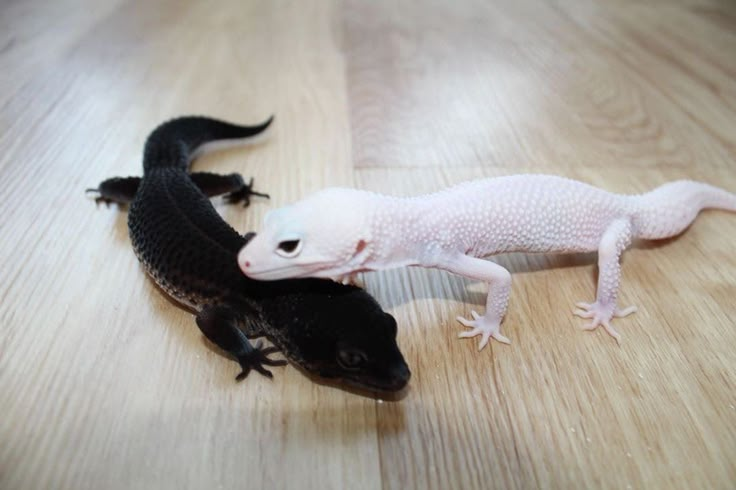
A. What is an Albino Leopard Gecko?
| Aspect | Albino Leopard Gecko | Standard Leopard Gecko |
|---|---|---|
| Eye Color | Red or Pink | Black or Dark |
| Body Color | White, Yellow, or Pink | Various patterns and colors |
| Light Sensitivity | Higher | Normal |
| Lifespan | 15-20 years | 15-20 years |
| Care Level | Beginner to Intermediate | Beginner |
| Popular Morphs | Bell, Tremper, Rainwater | Wild-type, Jungle, Blizzard |
An albino leopard gecko is a genetic variation of the standard leopard gecko (Eublepharis macularius), recognized by its light coloration and red or pink eyes. Unlike their more vibrantly colored relatives, albino leopard geckos do not produce melanin, giving them their distinctive look. This genetic feature has made them particularly popular among reptile lovers.
B. Genetic Basis of Albinism in Leopard Geckos
The albinism seen in leopard geckos is due to a recessive gene that prevents melanin production. For a leopard gecko to show the albino trait, it must receive the albino gene from both parents. This genetic basis has resulted in the development of various albino leopard gecko morphs, each with its unique characteristics.
C. Common Characteristics of Albino Leopard Geckos
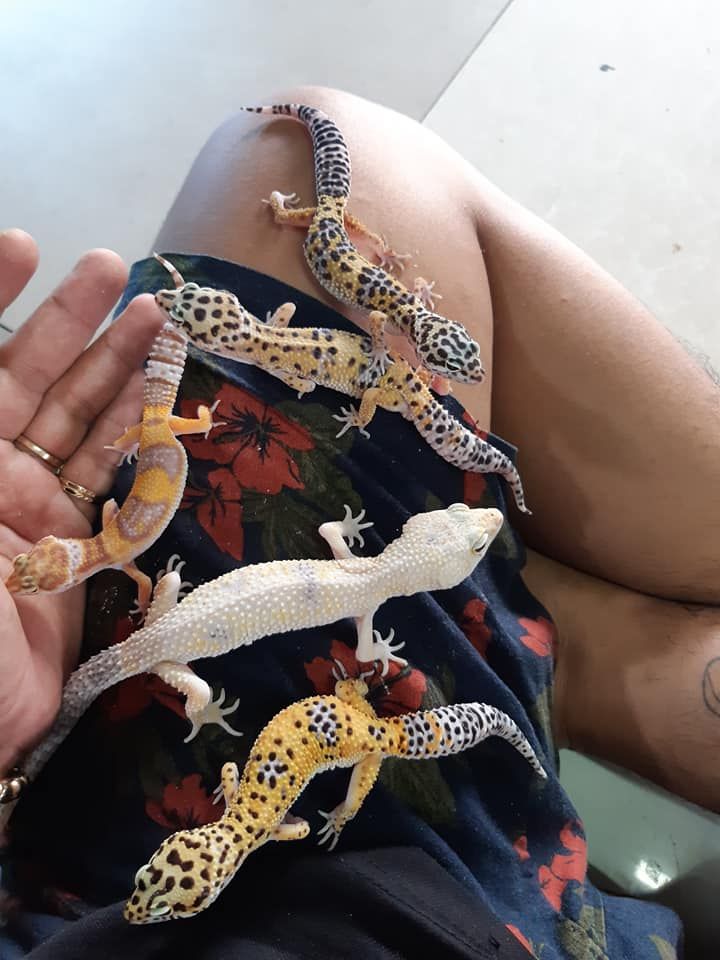
Albino leopard geckos have several key characteristics:
- Pale Body Coloration: Usually white or yellow.
- Red or Pink Eyes: A captivating feature that enhances their charm.
- Increased Sensitivity to Light: They may need specific lighting setups.
- Slightly Impaired Vision: While they aren’t blind, their eyesight may be somewhat reduced compared to non-albino geckos.
D. Are Albino Leopard Geckos Blind? Addressing Misconceptions
A common myth is that albino leopard geckos are blind. In truth, they can see but may have slight visual limitations due to the lack of pigmentation in their eyes. Providing the right lighting in their habitat can help address any vision-related issues.
III. Types of Albino Leopard Geckos
A. Bell Albino Leopard Gecko
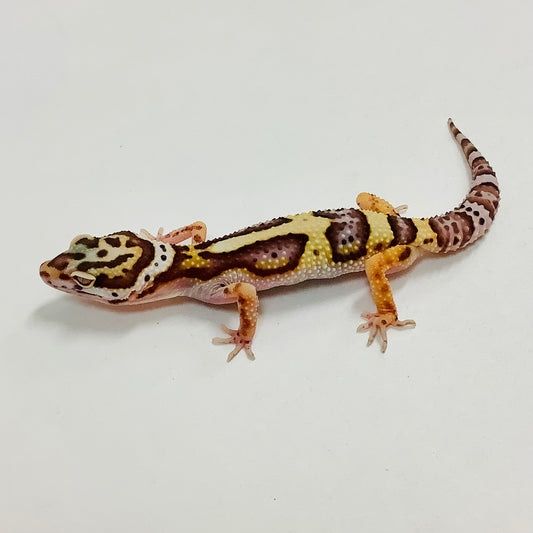
The Bell albino leopard gecko, named after its discoverer Mark Bell, has a pale yellow body and pink eyes. This morph often retains some patterning, which adds to its visual appeal.
B. Tremper Albino Leopard Gecko
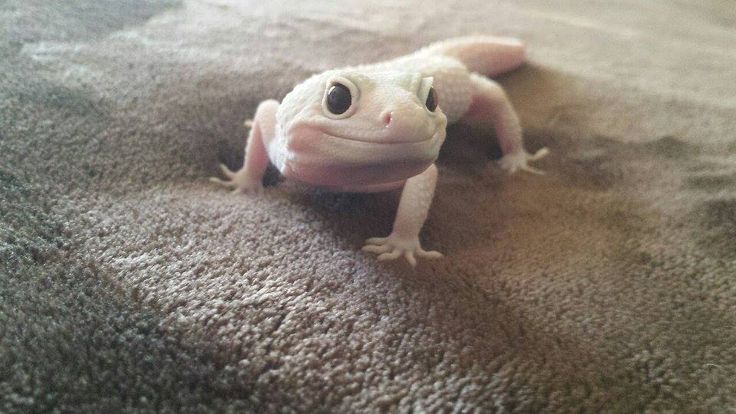
Developed by breeder Ron Tremper, the Tremper albino is recognized for its bright yellow color and vibrant red eyes. Its striking look has made it one of the most popular morphs.
C. Rainwater Albino Leopard Gecko
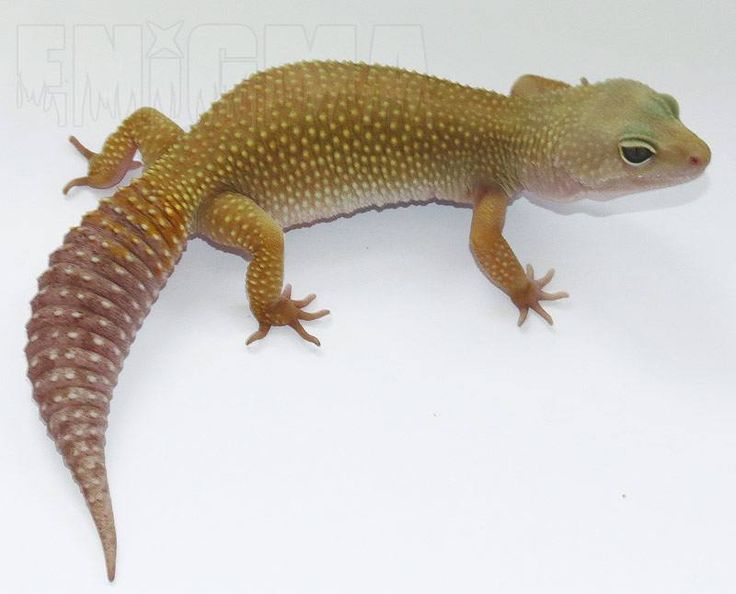
The Rainwater albino, found by Tim Rainwater, displays a pinkish-white color with translucent skin that reveals internal organs—a distinctive trait among albinos.
D. Chocolate Albino Leopard Gecko
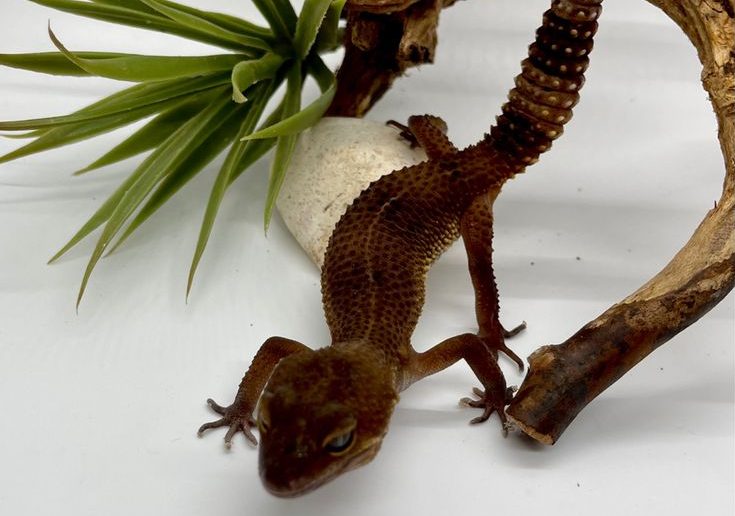
The Chocolate albino combines the Tremper line with a deep brown color, creating a striking contrast with its red eyes.
E. Mack Snow Albino Leopard Gecko
The Mack snow albino showcases a frosty white look with subtle patterns that become more distinct as they grow older.
F. Other Notable Albino Morphs
- Albino Blizzard: A completely white gecko with red eyes.
- Albino Eclipse: Notable for its solid red or pink eyes that lack pupils.
- Sunglow: A bright orange gecko with minimal spotting.
IV. Albino Leopard Gecko Care
A. Housing Requirements
1. Tank Size and Setup
For a single adult albino leopard gecko, it’s best to have at least a 20-gallon tank. Make sure it has secure lids to prevent any escapes.
2. Substrate Choices
Choose safe substrates like reptile carpets or ceramic tiles instead of loose substrates like sand, which can lead to impaction if ingested.
3. Hiding Spots and Enrichment
Provide several hiding spots using cork bark or commercial hides to create an engaging environment for your gecko.
B. Temperature and Lighting
1. Proper Heat Gradient
Maintain a temperature gradient in the enclosure—88-90°F on the warm side and 75-80°F on the cool side using heat mats or ceramic heat emitters.
2. UVB Considerations for Albinos
While UVB lighting isn’t necessary, it can be beneficial for overall health when used in moderation.
C. Feeding and Nutrition
1. Suitable Insects
Feed your albino leopard gecko a variety of insects such as crickets and dubia roaches.
2. Supplements for Albino Geckos
Dust feeder insects with calcium powder at every feeding and multivitamins once or twice a week.
D. Handling and Socialization
Regular handling helps build trust between you and your gecko; always support their body during handling sessions.
E. Common Health Issues and Prevention
Keep an eye out for signs of metabolic bone disease or respiratory infections; regular vet check-ups can help catch issues early.
| Aspect | Recommendation |
|---|---|
| Tank Size | Minimum 20 gallons |
| Temperature | Warm side: 88-90°F; Cool side: 75-80°F |
| Substrate | Reptile carpet or ceramic tiles |
| Feeding | Crickets, dubia roaches |
| Supplements | Calcium at every feeding; multivitamins weekly |
V. Breeding Albino Leopard Geckos
A. Genetics and Inheritance Patterns
Understanding genetics is essential for successful breeding:
- Albino x Albino = 100% Albinos
- Albino x Heterozygous = 50% Albinos
- Heterozygous x Heterozygous = 25% Albinos
B. Breeding Setup and Considerations
Set up a separate breeding enclosure with suitable hiding spots and moisture for egg-laying.
C. Incubation and Hatching
Incubate the eggs at 82-84°F to achieve a balanced male-to-female ratio, while carefully maintaining humidity levels.
D. Caring for Albino Hatchlings
Hatchlings should be housed individually and provided with appropriately sized prey items to ensure optimal growth.
VI. Purchasing an Albino Leopard Gecko
A. Albino Leopard Gecko Price Ranges
Prices can vary widely depending on the morph:
- Common morphs: $50-$150
- Rare morphs: $200-$1000+
B. Where to Buy: Reputable Breeders vs Pet Stores
Whenever possible, choose reputable breeders who offer health guarantees instead of pet stores.
C. What to Look for When Selecting a Healthy Gecko
Look for clear eyes, a plump tail, active behavior, and no visible injuries or deformities.
D. Questions to Ask Before Buying
Before making a purchase, ask about the gecko’s age, genetics, diet history, and any health issues.
VII. Albino Leopard Gecko Lifespan and Long-term Care
A. Average Lifespan of Albino Leopard Geckos
With proper care, these geckos can live for 15-20 years or even longer!
B. Factors Affecting Longevity
Factors such as diet quality, habitat conditions, stress levels, and genetics significantly influence lifespan.
C. Senior Gecko Care Considerations
As they grow older, consider using softer substrates and ensuring easier access to food and water.
| Age Stage | Lifespan (Years) | Special Considerations |
|---|---|---|
| Hatchling | 0-1 | Frequent feeding |
| Juvenile | 1-2 | Growth monitoring |
| Adult | 2-10 | Regular health checks |
| Senior | 10+ | Softer substrate |
Faqs About Albino leopard gecko
No, albino leopard geckos are not blind. They have red or pink eyes that are more sensitive to light, which may cause some visual impairment, but they can still see and navigate their surroundings effectively.
Yes, albino leopard geckos do require some special care. They thrive in lower lighting conditions due to their light sensitivity and may need extra calcium and vitamin D3 supplements to avoid health problems.
With proper care, albino leopard geckos generally live between 15-20 years, with some individuals potentially living even longer, making them a long-term commitment for pet owners.
The price of albino leopard geckos varies greatly depending on the morph and the reputation of the breeder. Common morphs typically range from $50 to $150, while rare or designer morphs can cost between $200 and $1000 or more.
To care for an albino leopard gecko, you should provide a minimum 20-gallon tank. It’s important to maintain a temperature gradient with the warm side at 88-90°F and the cool side at 75-80°F. Use safe substrates such as reptile carpets. Feed them gut-loaded insects that are dusted with calcium and vitamins. Regular handling is essential for socialization, and make sure to include hiding spots for their security.
Albino leopard geckos are not considered rare; they are commonly found in the pet trade. However, some morphs or unique combinations may be less common and can be more expensive.
VIII. Conclusion
In conclusion, albino leopard geckos are not only beautiful pets but also rewarding companions that can bring years of joy when cared for properly. Their unique traits make them attractive options for reptile enthusiasts of all experience levels—from beginners looking for their first pet to experienced keepers wanting to add stunning morphs like the Bell or Tremper albinos to their collection.
